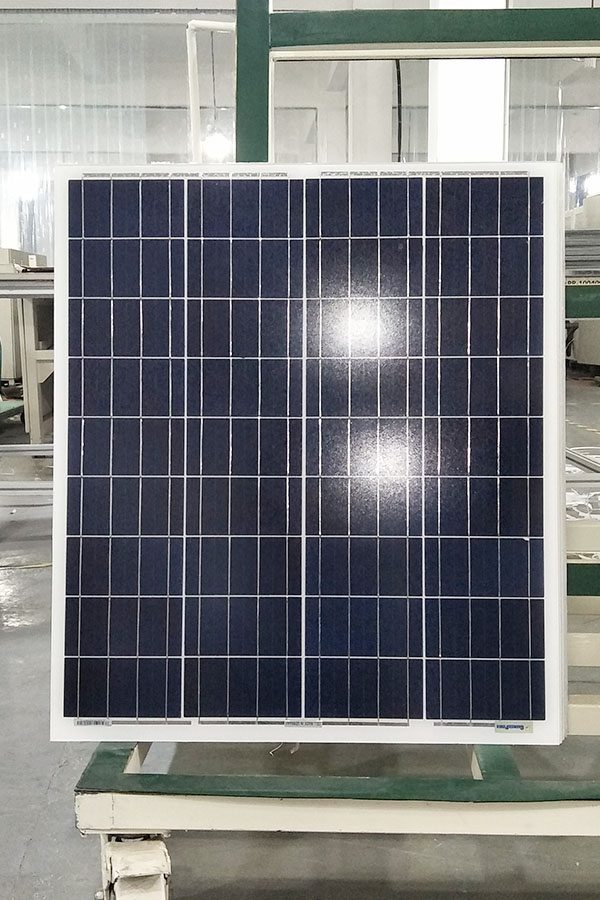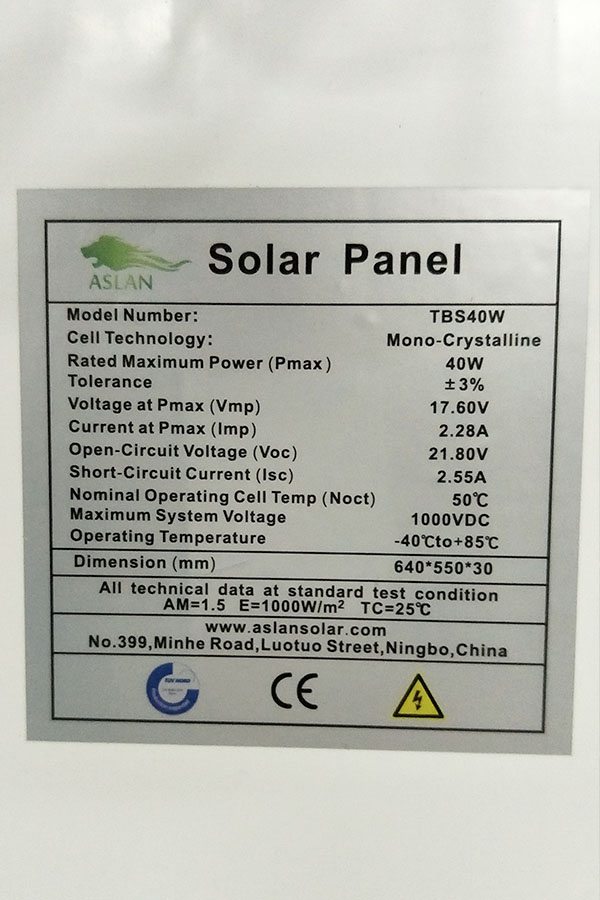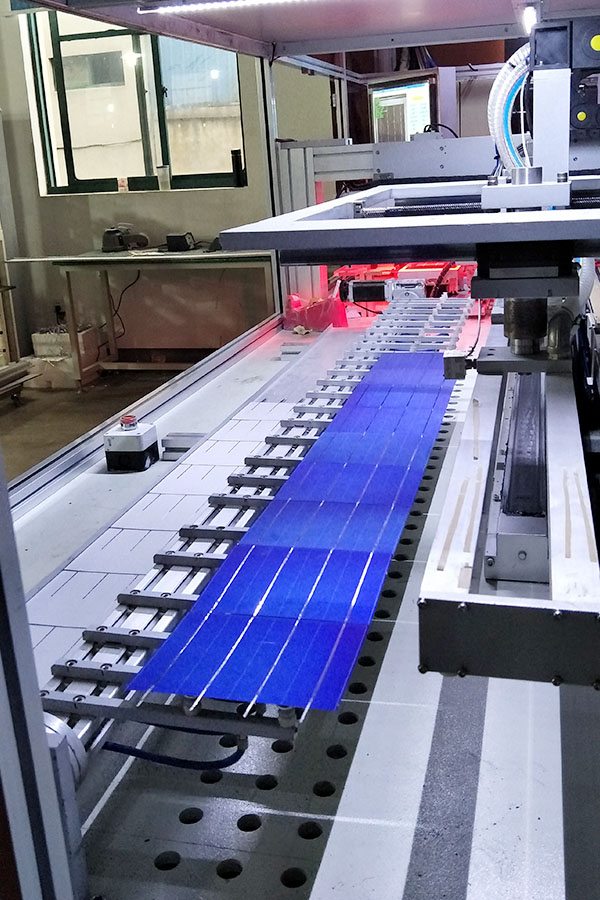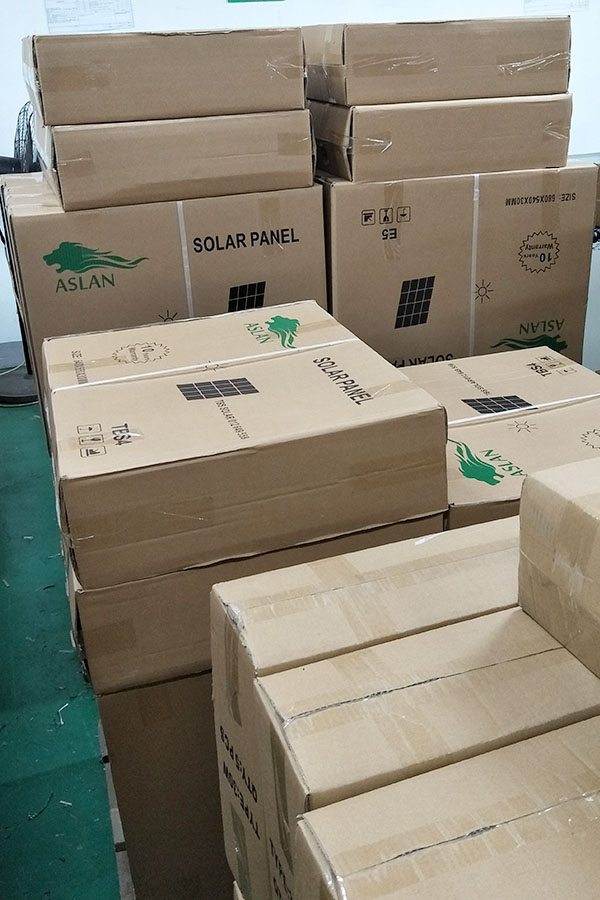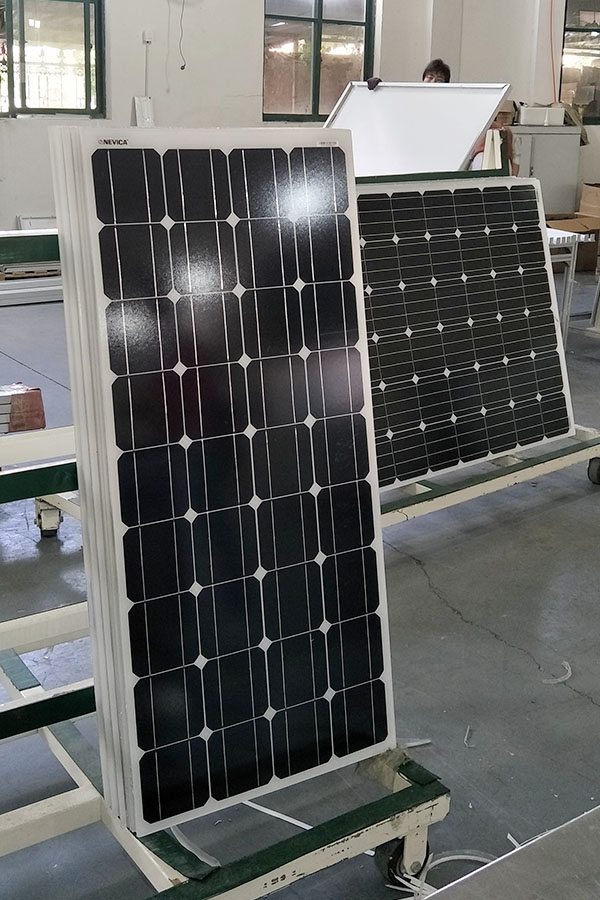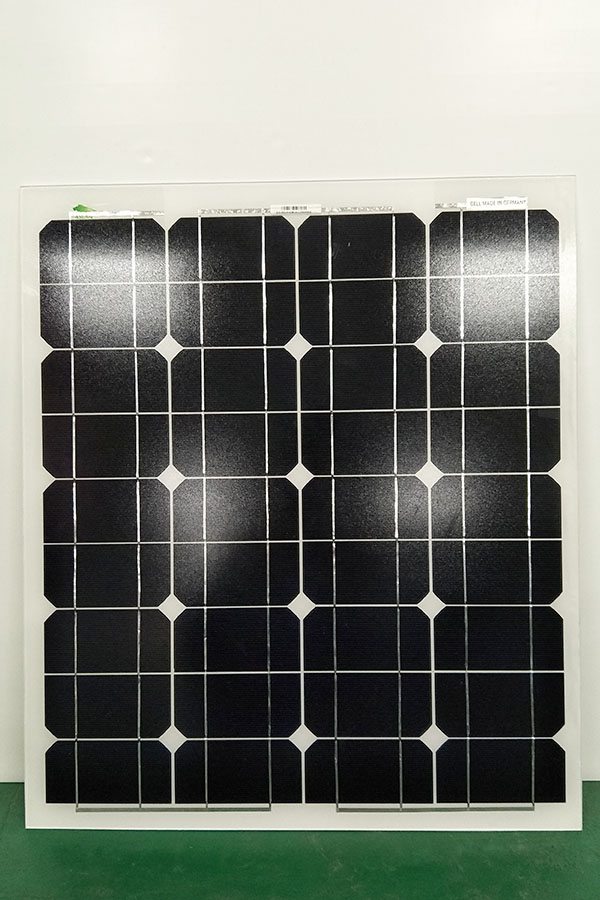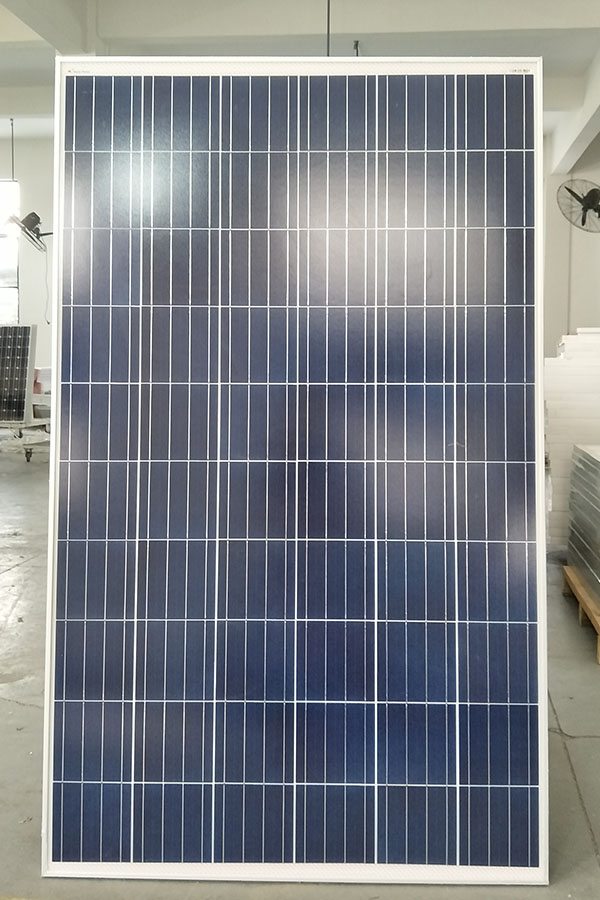Holiday sales Poly-crystalline Solar Panel 60W Supply to Hungary
Short Description:
We always stick to the principle "Quality First, Prestige Supreme". We are fully committed to providing our clients with competitively priced quality products, prompt delivery and professional service for Holiday sales Poly-crystalline Solar Panel 60W Supply to Hungary, We, with open arms, invite all interested buyers to visit our website or contact us directly for further information.
Poly-crystalline Solar Panel 60W
Technical parameter
Maximum Power(W) 60W
Optimum Power Voltage(Vmp) 17.35V
Optimum Operating Current(Imp) 3.46A
Open Circuit Voltage(Voc) 21.16V
Short Circuit Current(Isc) 3.80A
Mechanical Characteristics
Cell Type Poly-crystalline 156 x 65mm
No of Cell 36 (4x9pcs)
Dimensions 678x657x35mm
Weight 5.0Kg
Front Glass 3.5mm,High Transmission, Low Iron,Tempered Glass
Junction box IP65 Rated
Output Cable TUV 1×4.0mm2/UL12AWG,Length:900mm
Temperature and Coefficients
Operating Temperature(°C): -40°C ~ + 85°C
Maximum System Voltage: 600V(UL)/1000V(IEC) DC
Maximum Rated Current Series: 15A
Temperature Coefficients of Pmax: -0.47%
Temperature Coefficients of Voc: -0.389%
Temperature Coefficients of Isc: 0.057%
Nominal Operationg Cell Temperature (NOCT): 47+/-2°C
Materials of solar panel
1).Solar Cell——Poly-crystalline solar cell 156*65mm
2).Front Glass——-3.2mm, high transmission, low iron, tempered glass
3).EVA——-excellent anti-aging EVA
4).TPT——-TPT hot seal made of flame resistance
5).Frame——anodized aluminum profile
6).Junction Box——-IP65 rated, high quality, with diode protection
Superiority: high quality anodized aluminum frame, high efficiency long life, easy installation, strong wind resistance, strong hail resistance.
Features
1. High cell efficiency with quality silicon materials for long term output stability
2. Strictly quality control ensure the stability and reliability, totally 23 QC procedures
3. High transmittance low iron tempered glass with enhanced stiffness and impact resistance
4. Both Poly-crystalline and Mono-crystalline
5. Excellent performance in harsh weather
6. Outstanding electrical performance under high temperature and low irradiance
Quality assurance testing
Thermal cycling test
Thermal shock test
Thermal/Freezing and high humidity cycling test
Electrical isolation test
Hail impact test
Mechanical, wind and twist loading test
Salt mist test
Light and water-exposure test
Moist carbon dioxide/sulphur dioxide
http://www.solarmodule.tv – Monokristalline Solarmodule, Polykristalline Solarmodule sowie Dünnschicht Solarmodule in bester Qualität direkt bei Ihrem kompetenten Partner günstig kaufen.
Solar power in India is a fast-growing industry and as of 30 September 2016, the country’s solar grid had a cumulative capacity of 8,626 megawatts (MW) or 8.63 gigawatts (GW). In January 2015, the Indian government expanded its solar plans, targeting US$100 billion of investment and 100 GW of solar capacity, including 40 GW’s directly from rooftop solar, by 2022. The rapid growth in deployment of solar power is recorded and updated monthly on the Indian Government’s Ministry of New and Renewable Energy website. Large scale solar power deployment began only as recently as 2010, yet the ambitious targets would see India installing more than double that achieved by world leaders China or Germany in all of the period up to 2015 year end.
In addition to the large-scale grid connected solar PV initiative, India is continuing to develop the use of off-grid solar power for localized energy needs. India has a poor electrification rate in rural areas. In 2015, only 55% of all rural households had access to electricity, and 85% of rural households depended on solid fuel for cooking. Solar products have increasingly helped to meet rural needs, and by the end of 2015, a cumulative total of just under 1 million solar lanterns had been sold in the country, reducing the need for expensive kerosene. In addition, a cumulative total of 30,256 solar powered water pumps for agriculture and drinking water had been installed. During 2015 alone, 118,700 solar home lighting systems were installed, and 46,655 solar street lighting installations were provided under a national program. The same year saw just over 1.4 million solar cookers distributed or sold in India.
In January 2016, the Prime Minister of India, Narendra Modi, and the President of France, Mr. François Hollande laid the foundation stone for the headquarters of the International Solar Alliance (ISA) in Gwalpahari, Gurgaon. The ISA will focus on promoting and developing solar energy and solar products for countries lying wholly or partially between the Tropic of Cancer and the Tropic of Capricorn. The alliance of over 120 countries was announced at the Paris COP21 climate summit. One of the hopes of the ISA is that wider deployment will reduce production and development costs, and thus facilitate increased deployment of solar technologies, including in poor and remote regions.
India is ranked number one in solar electricity production per watt installed, with an insolation of 1700 to 1900 kilowatt hours per kilowatt peak (kWh/KWp).[10] On 16 May 2011, India’s first solar power project (with a capacity of 5 MW) was registered under the Clean Development Mechanism. The project is in Sivagangai Village, Sivaganga district, Tamil Nadu. India saw a sudden rise in use of solar electricity in 2010, when 25.1 MW was added to the grid, and the trend accelerated when 468.3 MW was added in 2011. Recent growth has been over 3,000 MW per year (see table below) and is set to increase yet further. Government-funded solar electricity in India was just 6.4 MW per year in 2005.
